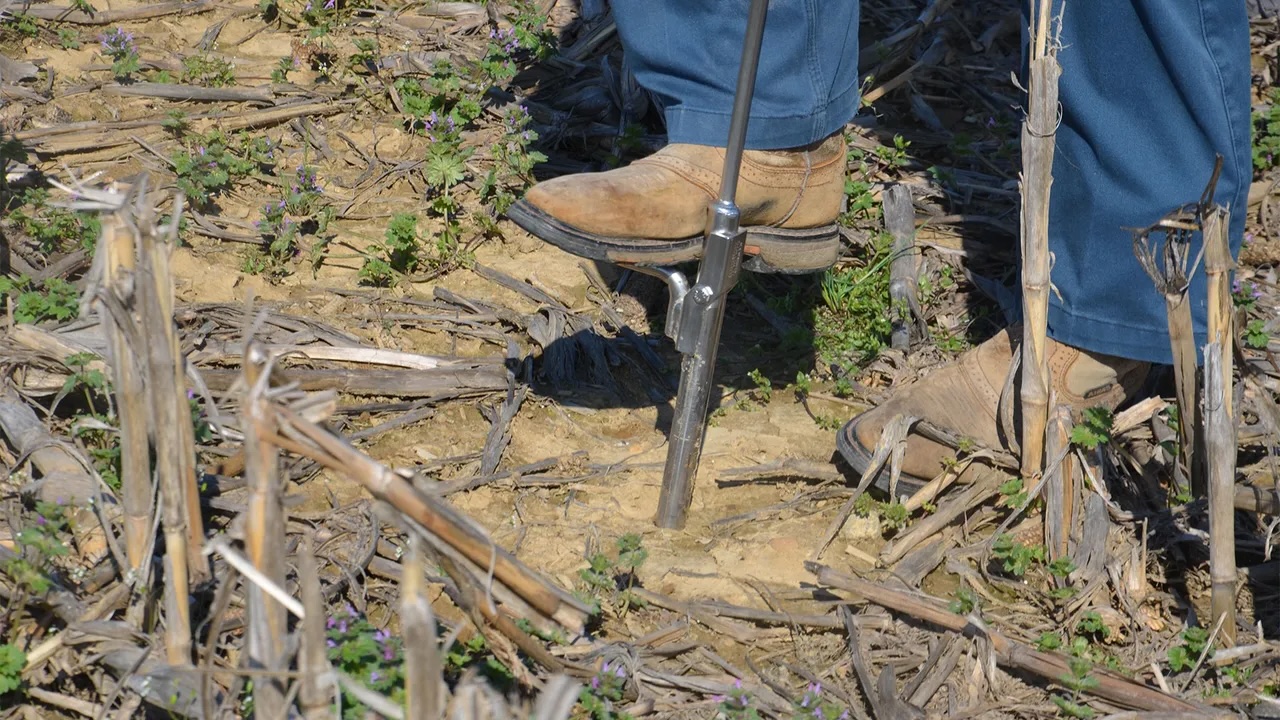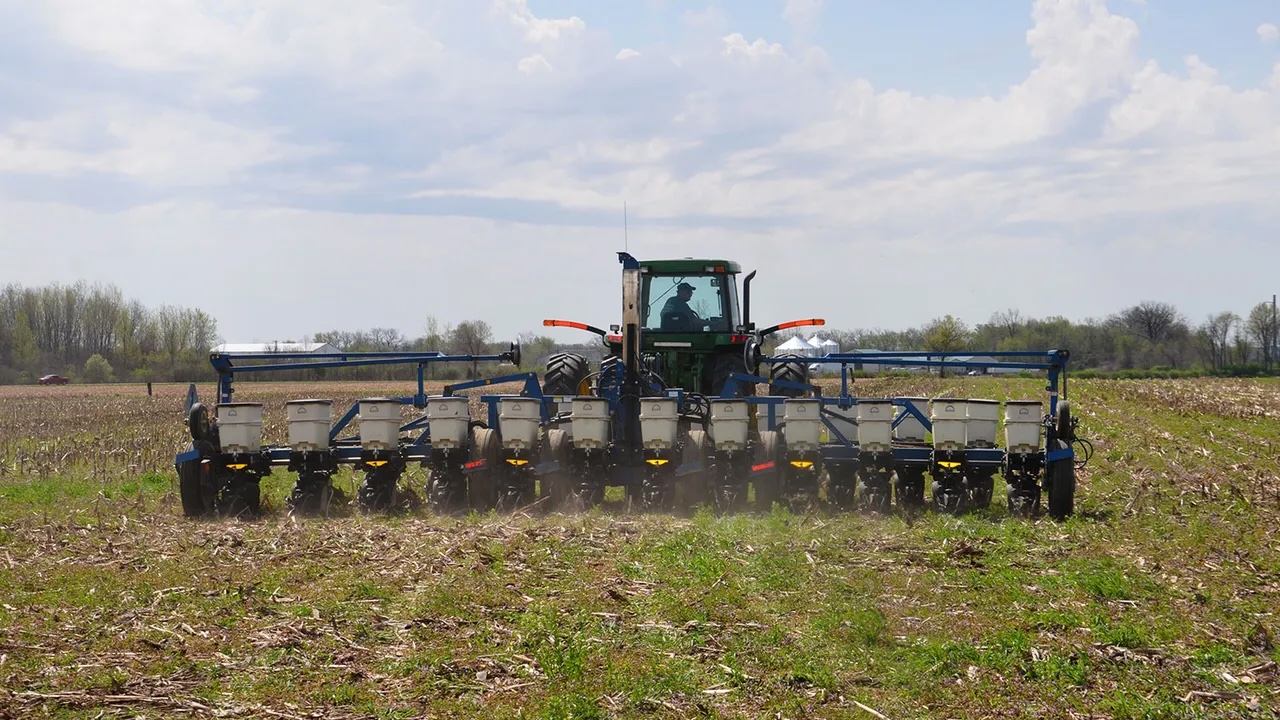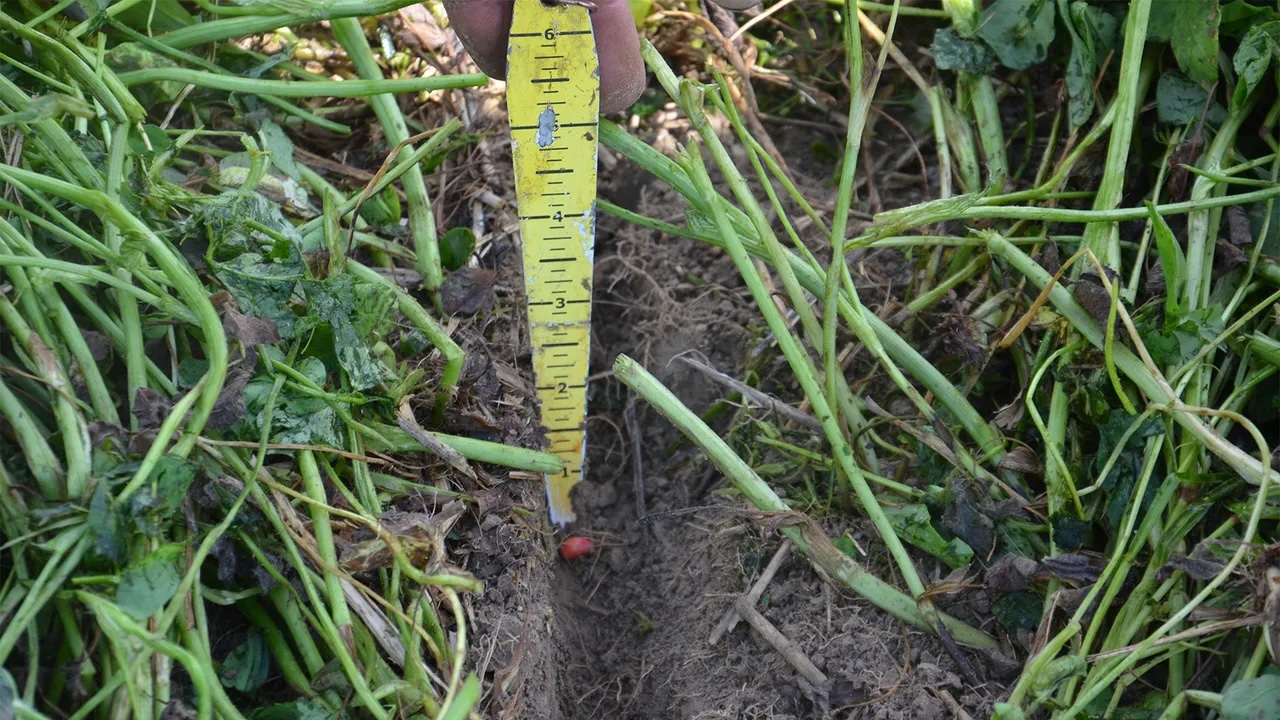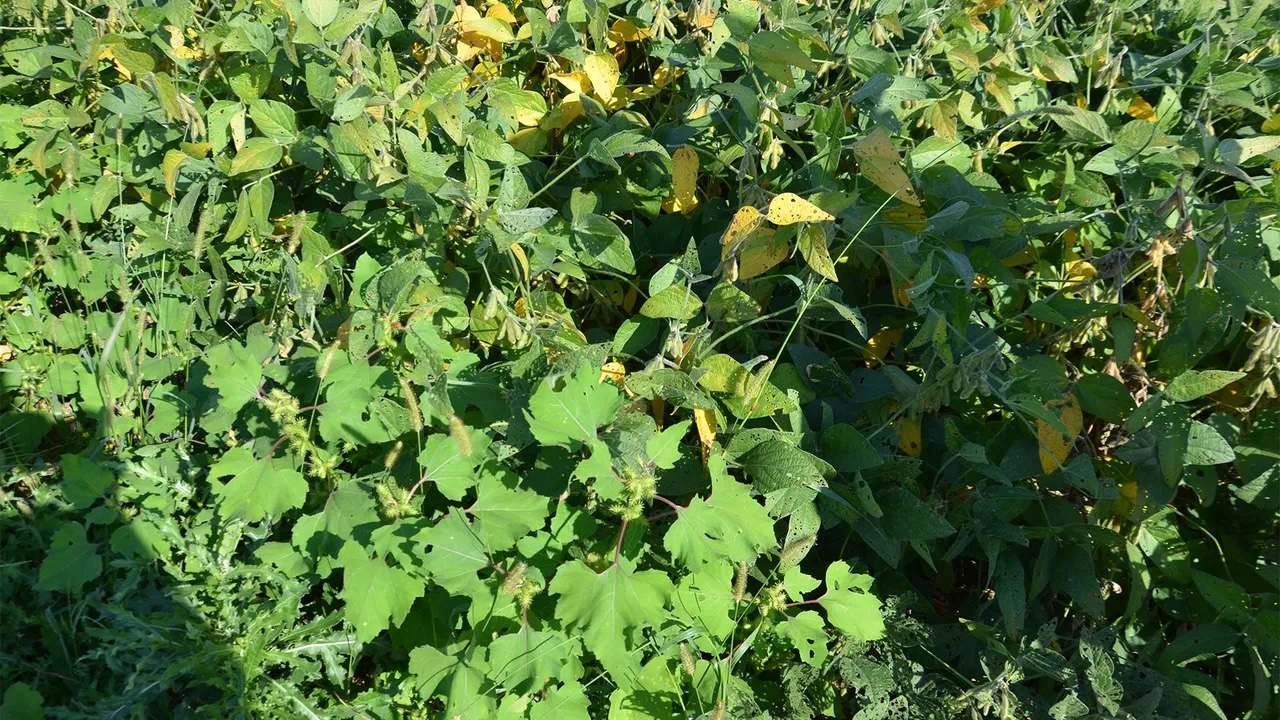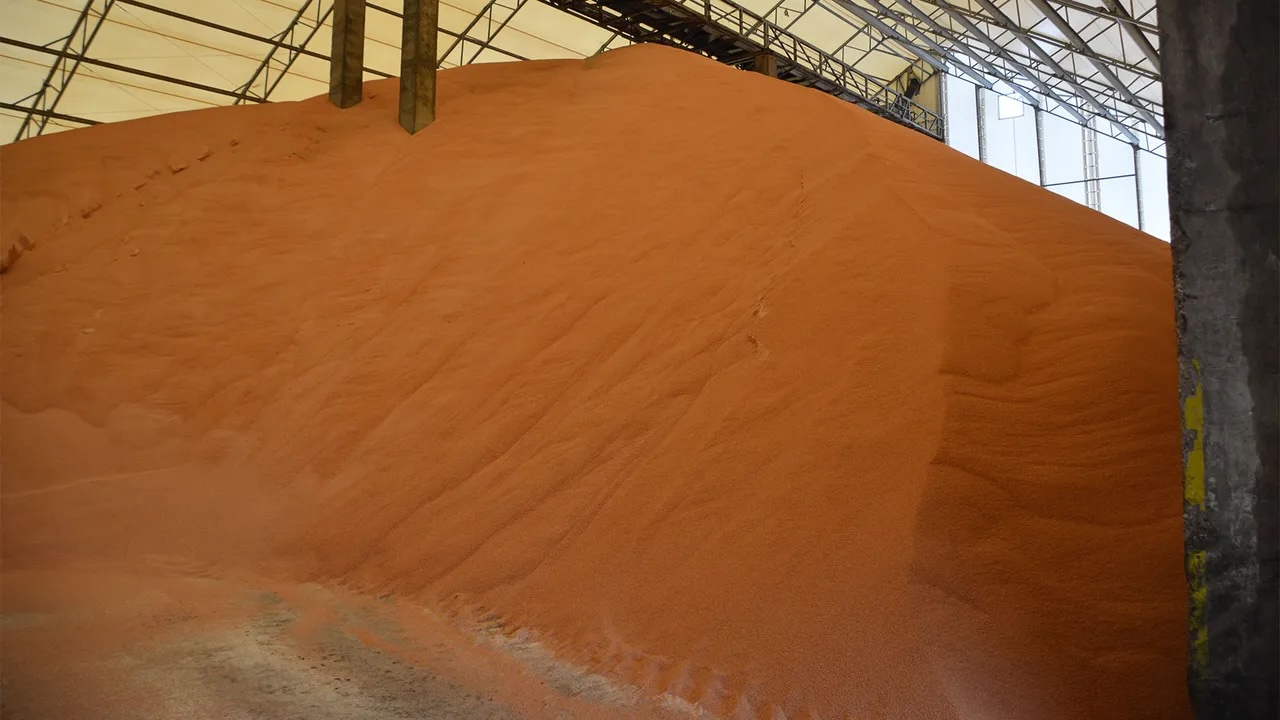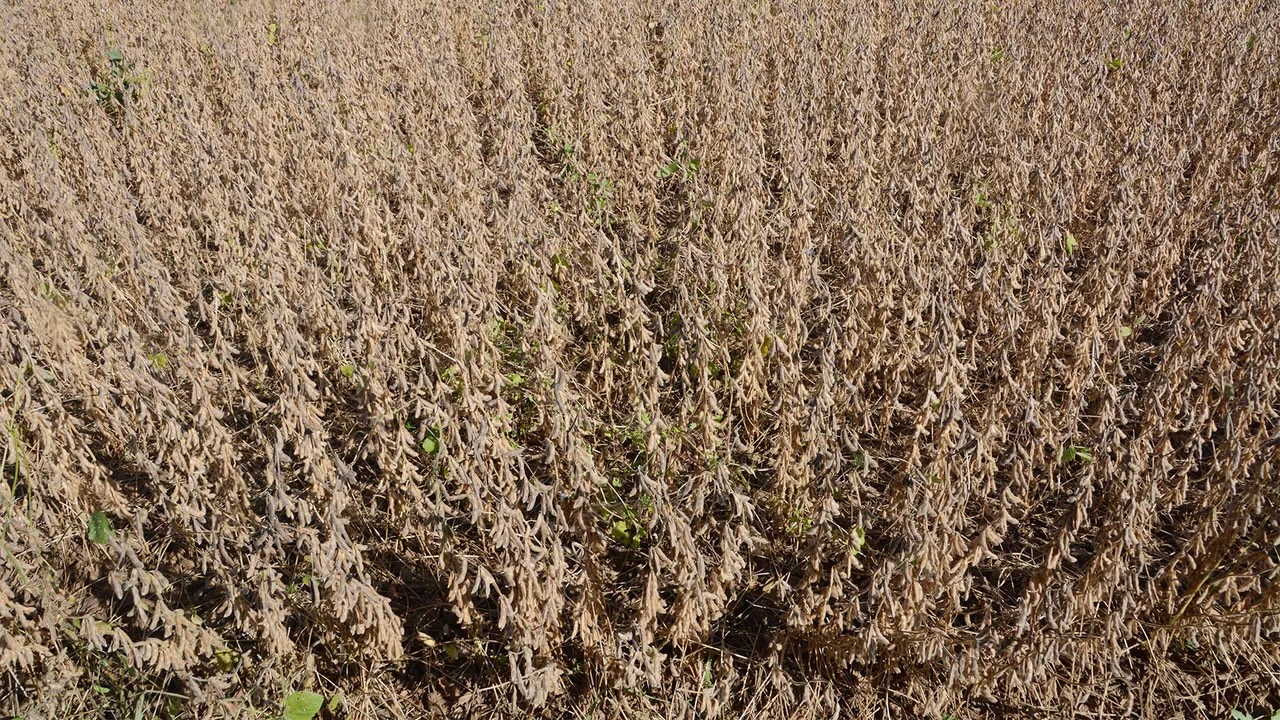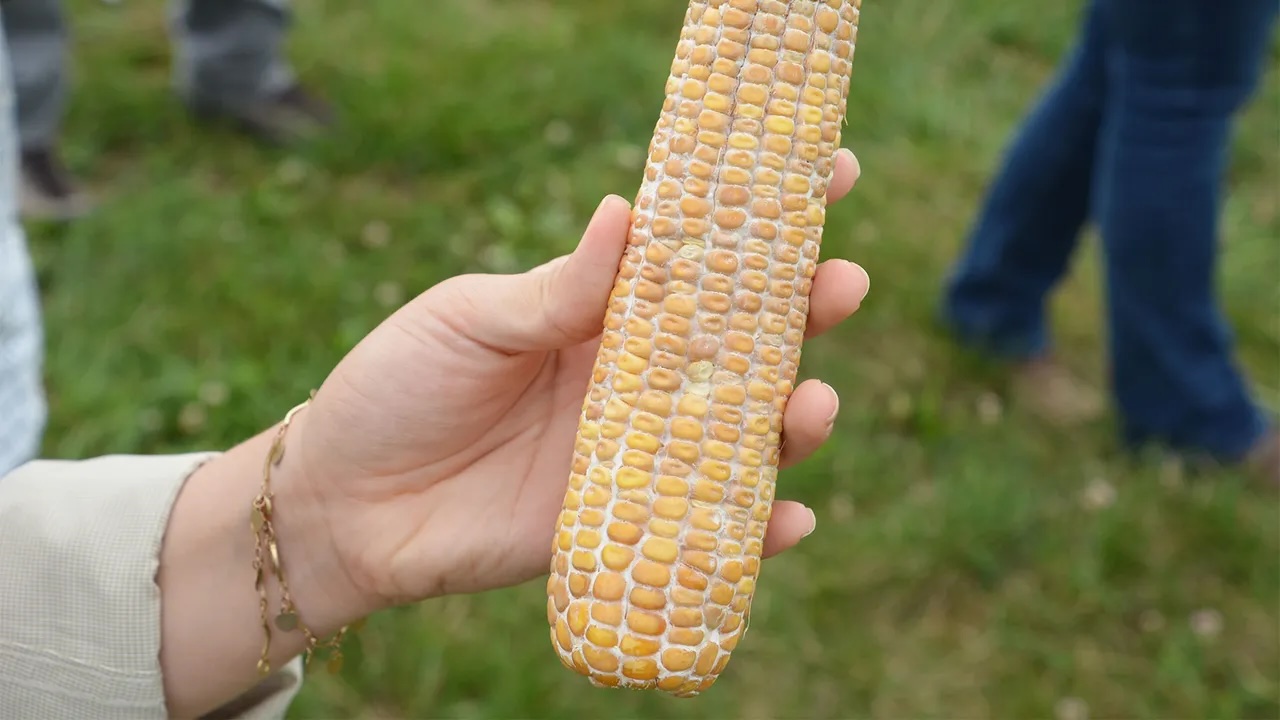Prevent nitrogen losses in wet year
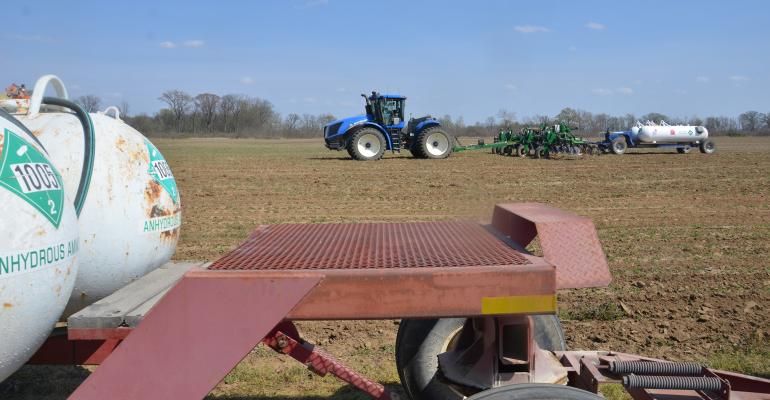
Corn Corner: The 2021 season reminded many people that some nitrogen can disappear.
Jan 05, 2022
We tried sidedressing nitrogen once and didn’t see a yield response. We apply all nitrogen two weeks before planting, plus starter. We saw nitrogen deficiency in some fields early in ’21. Should we try sidedressing again?
The Indiana certified crop advisers panel answering this question includes Steve Gauck, a regional agronomy manager for Beck’s, Greensburg; Jeff Nagel, an agronomist with Ceres Solutions, Lafayette; and Dan Ritter, an agronomist with Dairyland Seed, Rensselaer.
Gauck: Last year, N loss was more prevalent and visual, especially in preplant situations. Early applications of N are at risk of leaching or denitrification. Applying nitrogen with the planter is a great way to get corn off to its best start. Sidedressing allows you to make a halftime adjustment to N needs based on the growing season. Having nitrogen in the plant before V6 is critical to setting the number of kernel rows around and preparing the ear to set length around V10. So, applying the second shot of N around V3 is most consistently profitable.
Nagel: Many factors influence nitrogen use efficiency. As an industry, we should strive to optimize yields while being good stewards of the environment. The biggest challenge here is interaction of N with weather. Consider implementing best management practices:
Revisit N rates. Are you applying agronomically optimum N rates or economically optimum N rates? Run the N rate calculator. The calculator lets you input N prices and corn prices and generate a maximum return to N rate.
Think field-specific. The maximum return to nitrogen rate’ is derived over multiple sites through a region, but it is not specific to your field. It’s a good starting point, but your field characteristics can influence N rates. Fields that have less organic matter and/or less-than-ideal drainage have potential for less contribution from soil N and more N losses.
Optimize N applications. Split-applied N will not always produce higher yields but often will give better nitrogen use efficiency over time. Protect surface-applied UAN and urea with urease inhibitors to minimize volatilization. Protect below-ground N with nitrification inhibitors to keep N in the ammonium form longer.
Monitor N in-season. Growing conditions have a large impact on soil nitrogen contributions and N losses. Tissue and soil nitrogen can help monitor N during the season.
Ritter: I always caution growers not to make too hasty of a decision based on one year’s information. Sidedressing does offer some advantages in that it’s timely to peak N use. Plus, you can adjust rates during the season up or down based on conditions. Environmentally, there is less opportunity for leaching and N loss. Upfront applications help manage workloads a bit better and offer a larger application window. If you can’t get N applied preplant, you still have the sidedress option. If you plan on sidedressing and weather turns wet, it gets stressful.
I will assume you’re using a nitrification inhibitor when applying preplant. If not, consider doing so. That may change your results. Also consider yield levels. A tremendously high yield may have used all your N that year. If this program has historically been successful, stay with it. If it consistently falls short, consider making necessary changes.


